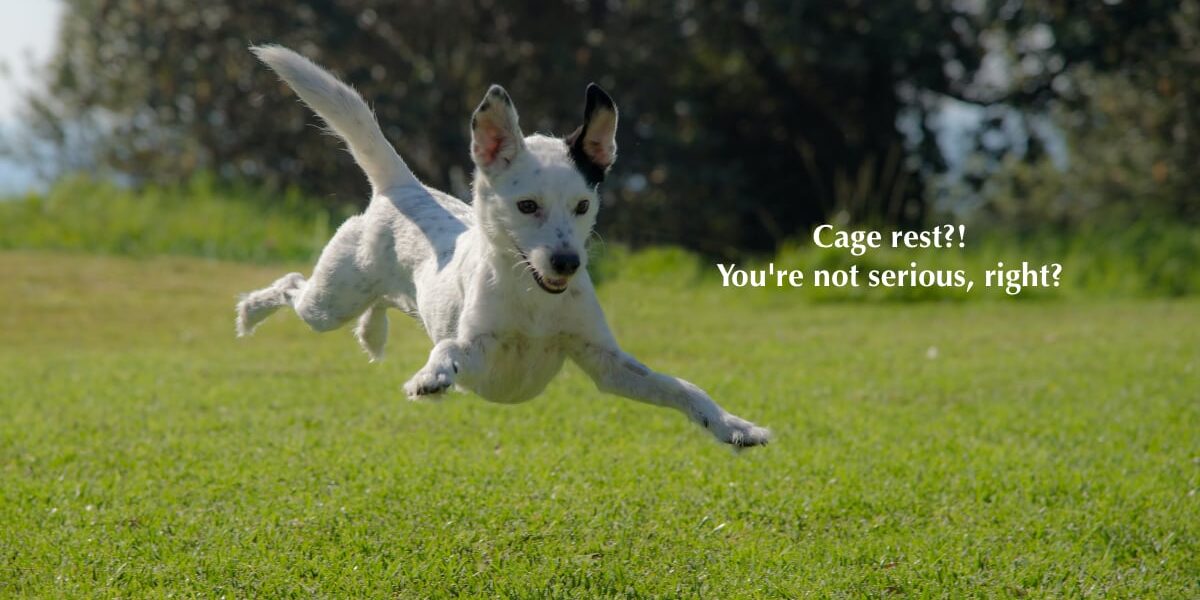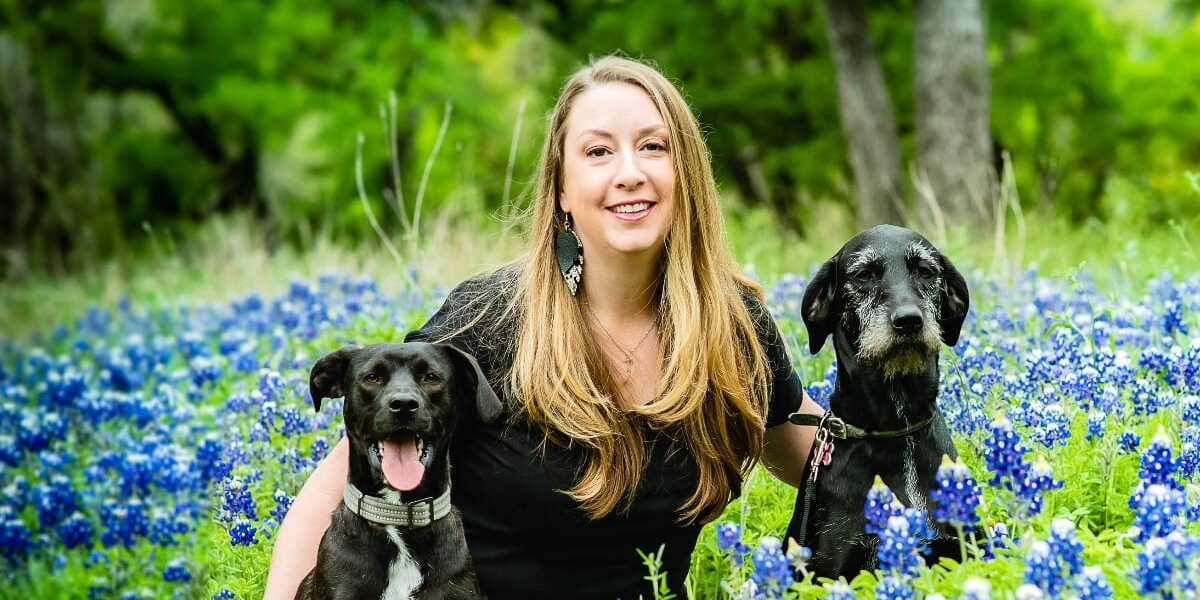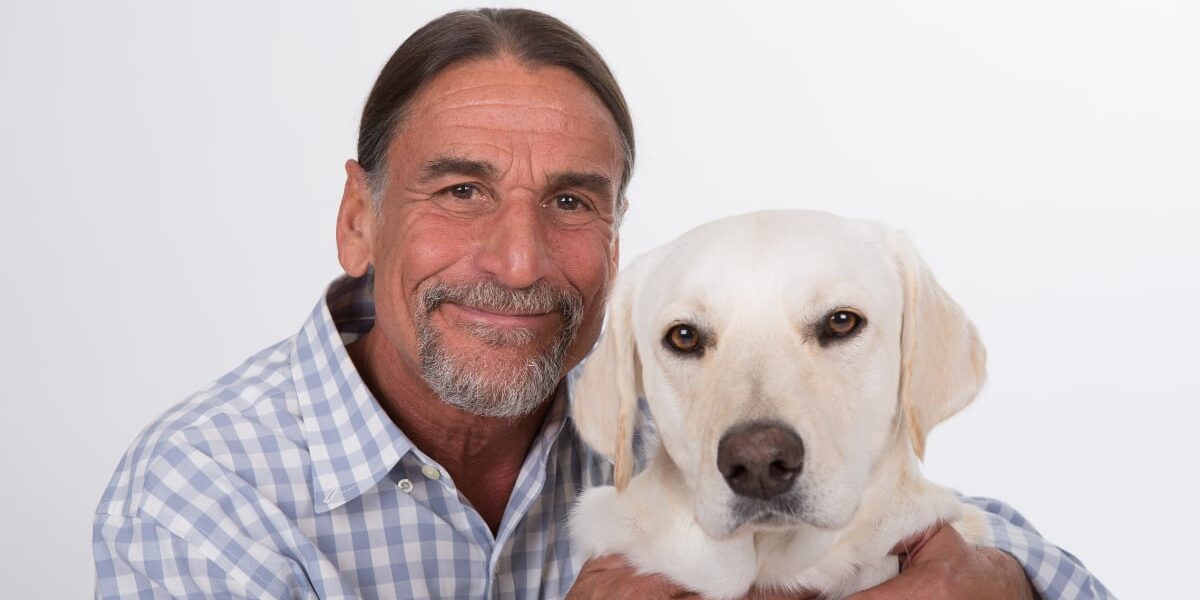All My Patients Die
 Callie died, with the help of the euthanasia solution she got from the conventional vet on Friday. She had rectal cancer, and I came on the scene back in November, with hopes that homeopathy could do for her what it did for Blueford, the Blue Tick Hound a couple years back: Made it Go Away. It’s. Still. Gone.
Callie died, with the help of the euthanasia solution she got from the conventional vet on Friday. She had rectal cancer, and I came on the scene back in November, with hopes that homeopathy could do for her what it did for Blueford, the Blue Tick Hound a couple years back: Made it Go Away. It’s. Still. Gone.
But Callie wasn’t Blueford. She was Callie, and everyone is different. That’s what makes veterinary homeopathy both interesting and difficult. It’s never One Size Fits All. Or The Remedy for This Disease Is ______.
It’s, rather, Find the Remedy for ______ (fill in patient’s name here).
From a Feral to a Pet with Trust Issues
Callie was a feral cat, found by my friend and client of several years, Linda, who has become known in her neighborhood as The Cat Lady. She’s learned them so well, she can answer questions about raising them, feeding them, she’ll post Lost Cat notices when a neighbor has lost one, she’ll help people find cat resources, she just Knows Cats. She should probably start her own blog, but that’s another story.
Being a feral, it took a long time to gain Callie’s trust and acceptance, and Linda gave her every chance to run for it, if ever Callie got a mind to book on out of her house. Slowly, slowly, ever so slowly, she got Callie eating wonderful raw food, took in her “teen bride” litter of three, then got her spayed, and gave her her space to be in the house or out and about. Once Callie really got it that Linda was no threat, she stuck pretty close to home.
Linda named them The Tribe, and cared for mom and her three offspring.
Big Behavior Change
In September, Callie started acting clingy to Linda, a clear departure from what her usual distant, even somewhat bitchy nature had been. She’d want to sleep on Linda’s belly, she’d plaintively call out for her needs. Linda, ever observant, started seeing blood spots here and there, bright red ones, and it was determined that it was coming from Callie’s anal area.
Linda had been working with my wonderful homeopathic colleague and friend Dr. Pat Bradley, and they’d been helping her slowly come around to trust more, to get over wounds from fights, working with her asthma, giving this remedy and that, as the need arose.
Another part of the care givers team, Dr. Carolyn Love, had been there to do lab work, some acupuncture, vaccinations (uh oh), and the initial exam of Callie’s puffy, inflamed anus. And finally, I entered the scene, as Pat remembered that I’d taken some advanced training in cancer and veterinary homeopathy. So, Callie was brought to see me.
[I should note here that Linda explored the conventional options for treatment, and they were pretty limited. The tumor (we’re all pretty sure that’s what it was) was risky to even biopsy, let alone remove, due to it’s location, intimate to the lower rectum. Chemotherapy was not something she wanted to put Callie through, nor radiation. Linda weighed the potential benefits against the risks and the quality of life Callie would have, and chose homeopathy.]
Me? Get in That Little Box??
Imagine being a feral cat, with all the fear that goes into living by your wits, scraping to get by, having babies before you were ready, defending yourself from attacks by other cats in the area, dealing with the vagaries of weather, and finally, agreeing to get in a cat carrier and going in a car to a veterinary clinic.
Linda’s words:
I have to say, Will, that she and I have come a very, very long distance from the beginning when I had to coax her near enough to me over a two month period of time to get her near the case to take her for spaying. She was malnourished, frightened and already beginning to separate from the kittens as she was in heat again.
I looked her in the eyes and promised her that I would take care of her forever and love and respect her if she would just go in the case. I explained that she would have a difficult time for a little while but that her life would improve very much. I committed to her. She looked me in the eyes then walked into the case and I closed the door.”
Callie went into that carrier a few times for various vet visits before she came to see me. I did as I normally do, I bid Linda and Frank to have a seat, and just leave her carrier door open while we talked about her. I like my patients to get used to my voice, the smells, the sights, the layout of the room, before I ever lay hands on them or expect anything of them.
Learning Who’s Sick
And I learn from this time, as I’m talking to their caregivers, learning the details of what makes this patient unique from the rest. Some wander the room, smelling who’s been there before them, so go straight for the supplement shelf and smell the glandulars that live there, some can’t leave me alone (“Ooh, ooh, pet me, pet me, PET ME!”), some (cats) jump up on my desk in their curiosity, walk across my keyboard, lie on the desk, others (dogs, usually) do anything to avoid my line of sight, positioning themselves behind their owner’s chair, adjusting if I wheel my chair out to peer at them occasionally.
It’s all part of taking a homeopathic case. The finding out of What’s the Remedy for _________ (fill in patient’s name here).
Callie didn’t venture out of her carrier.
We talked about her history, her treatments, her fears, her new clinginess with Linda, her stools, her blood spots, her chilliness, in short, what makes Callie Callie. That’s what I needed to prescribe adequately for her. Not for her rectal cancer, but for Callie, the one who’s got the rectal cancer.
A few things stood out from this:
- She was very timid. Never came out of her carrier until I asked Linda to get her out, and first just hold her on her lap for an initial exam there. She panicked in thunderstorms, and lost all her feral sense, sometimes hunkering down, as if paralyzed, getting soaked, up against a wall.
- Callie had a history of asthma, worse in damp weather.
- She’d been vaccinated yearly, and had been dosed with topical flea pesticides. (Both a set up for cancer). And, I learned later, the place Callie and her young resided, before being taken in, was an old garage, full of pesticides from years of storage. Pesticide exposure increases greatly the chance of getting cancer.
- She’d had some very odorous urine, remarkably strong, that could be smelled across the small house at times.
- Callie loved heat. Even more so in the past brutal Summer here in Austin, when she was sunbathing to the point of panting.
- She had pale gums, likely due to some anemia.
- There was a firm swelling in her anal area, and it had earlier probably been ulcerated. It bled bright red spots. It was more on the right side.
- Her irises had some very visible blood vessels coursing through them.
- She’d had worms in the past, treated with drugs.
- She was more itchy than the others, with or without a flea present.
When I did my physical exam, Callie hunkered down and trembled, but was very tolerant. She didn’t hiss or lash out. She didn’t try to climb the walls. I could do what I needed, talking softly, stroking her, knowing she was afraid, but grateful that she wasn’t panicking.
Small Steps of Improvement
Through the course of treatment I offered, Callie gained some ground. Early on, she became less fearful of storms, less tender about her anal area being examined, had less blood spotting. We were encouraged, Linda and I, and continued on dosing homeopathic nitric acid and thuja.
She vomited a small worm. Here’s the quality of observation I’d get from Linda:
Pictures like these would go into her digital record and become part of my growing understanding of who she was.
A Forest of Observations
Linda could tell me the number of blood spots in a day, the color and nature of them (lots and lots of white towels were put around for Callie to use, along with her litter boxes), the consistency of her stools, when they came, how they looked when squished inside a baggie, whether they had normal odor or strong odor, etc. I often had to ask for “the forest” for all her “trees,” meaning I needed the trends, the contexts to put these many, many observations in, and she got good at that as well.
Gradually, Callie’s blood spotting increased, from several days without any, to a few daily to many a day, and Linda kept copious notes and we didn’t like the trend. Remedies were changed as Callie changed. Arsenicum didn’t do much, scirrhinum was used, phosphorus brought a hopeful decrease in bloody spots for some time, and the weeks went on. Through it all, Callie had a better time with her asthma compared to the prior year, let Linda do more with her, grew less fearful, more trusting, and the bond between them really grew stronger through this time together.
Things Get More Difficult
Then, in March, it began to be difficult for Callie to pass her stools. There was more blood, both in volume and frequency of spotting. Her anus appeared more inflamed, swollen, angry looking. Remedies were changed again.
Aloe, in the homeopathic form, was used with some good effect. Callie got a good bit of stool out, her anus looked more normal, and she went exploring next door, where she hadn’t ventured for several months. She was seen to be rolling and making happy squeaks, and took up a toy to play with of her own volition. Nice.
But, the blood spotting continued. And there were some sounds of discomfort while trying to pass stool.
We Need to Talk. Often.
We were now checking in daily, sometimes multiple times, some by email, some on the phone, and it was becoming apparent that Callie was having a rough time of it. It was as if she had urging to pass stool but nothing would come. It seemed as though the tumor was blocking the way, and remedies were not helping, change as we might, to match the symptom state she was in.
Dr. Love’s associate Dr. Davenport had a look and determined that there was a large stool that had stopped, quite some distance from the anus, as if there was no propulsive force to get it to drop down and get expelled. The thought was now that the tumor and its attendant inflammation, was interfering with spinal nerves in the area of the sacrum, nerves that innervated the lower bowel, and it was now paralyzed. Enemas were tried without success. It wasn’t looking good.
We spoke of euthanasia, the gift we can give the animals when we know it’s their time, when we can’t help them further, and we don’t want them to suffer. It was decided we’d give one more remedy a go, called plumbum, that was noteworthy for both paralysis and straining at the same time, which coined Callie’s state perfectly.
But it didn’t help, as much as it looked like it should, as much as we wanted it to. We switched back to arsenicum, as it was clear Callie had a tougher time at night, lots of restlessness, and a swollen, irritated anus, with ineffectual urging to stool.
The Big, Hard Decision
We decided to give her one more night, Thursday. If she was no better by Friday morning, she’d be taken to Love Pet Hospital to be given her release from this body that was failing her. Sigh.
Linda’s words, early Friday morning:
We are on our way to Love Pet early; Cal’s straining episodes increased through the night but were manageable with repeated arsenicum, Bach flower, stroking and love. Took longer and longer for the episodes to subside but as we got to 5 am it was clear we could make it to now and skip the possible wait at the emergency clinic in favor or the open arms and hearts that await us all–most especially Callie–at Love.
I suppose that last night makes it clearer that this is the right thing to do. And that we had the right emergency responses in the remedies. And that, bless her heart, we cannot do more to make her comfortable. Will, I had been thinking that it had been a number of days that she had not slept with me but she did come and lay next to me for some time. We fell back to sleep together after we addressed her straining attack.
How I am going to miss her. Thank you for all of these months–exceptionally good months–that others thought we would not have. We know better. There is magic in these months–we made magic for Cal and for Cal and me.”
Death is the final chapter in all that lives. Or so it seems. All my patients die, as do all my clients, my plants, my friends, my relatives. It’s what we all face, living in physical bodies.
While I believe it’s a temporary change, that we move on to the next body rather quickly, it’s still hard. We miss those who leave us. We long for those who were near and dear and now are gone.
And we keep on living. Doing the best we can. To live well, honestly, lovingly, and respectfully on the planet.
Peace.






Been through this many times with rescues. We now have an American bulldog rescue that has osteosarcoma. My ex vet just wrote him off and said he’s got two months but doesn’t want to treat him anymore because he’s too big. He’s more of a pill/vaccination vet. So I’m looking into homeopathic treatment. He’s on k9 immunity and transfer factor and I am going to order the raw diet. I wish I were closer to your office. I just pray our big guy gets through this.
Hi Dana,
You’re definitely taking some good steps in a very tough disease. I still shudder a bit when I get asked to help an osteosarcoma patient. They are often quite painful.
The vet school in Colorado researched cancer many years back and found that carbs feed it (studied in dogs with lymphosarcoma) and good fats and good proteins discourage tumor growth.
I wish you all the best with your rescue.
Sounds good-
What a touching story!! Broke my heart. We all will pass on and miss the ones that go before us. May Callie rest in peace and Linda carry on with the sweet memories-Linda you are a saint and I wish you well. Doc , I love your web site and I learn something new everyday. Looking forward to more reads
Sincerely
Thanks, Joanne. I’m getting ready to take it to a deeper level, so stay tuned! I’ll be putting a survey up to learn what you’d like most.
Thanks for your kind thoughts, Natalie. You may well, in your massage work, get to work on some folks getting ready to transition, eh? I’m sure you can offer comfort, if so.
Thank you, Doc. I do my best.
That was beautiful, Doc. Linda and Callie’s story reminded me a lot of the story of me and my beloved Oren G. He was a mighty cat, so trusting, so intuitive, had been through such rough times before I got to him and reminded him there is love and safety in his world. You did so much for him–and me– in that regard. But for him, like for Callie, eventually, his body wouldn’t work and I set my friend free. My thoughts go out to Linda as she misses her friend, and I am in constant gratitude for you being in all our lives, the lives of critters who are here now, who have passed, and who we are yet to know.